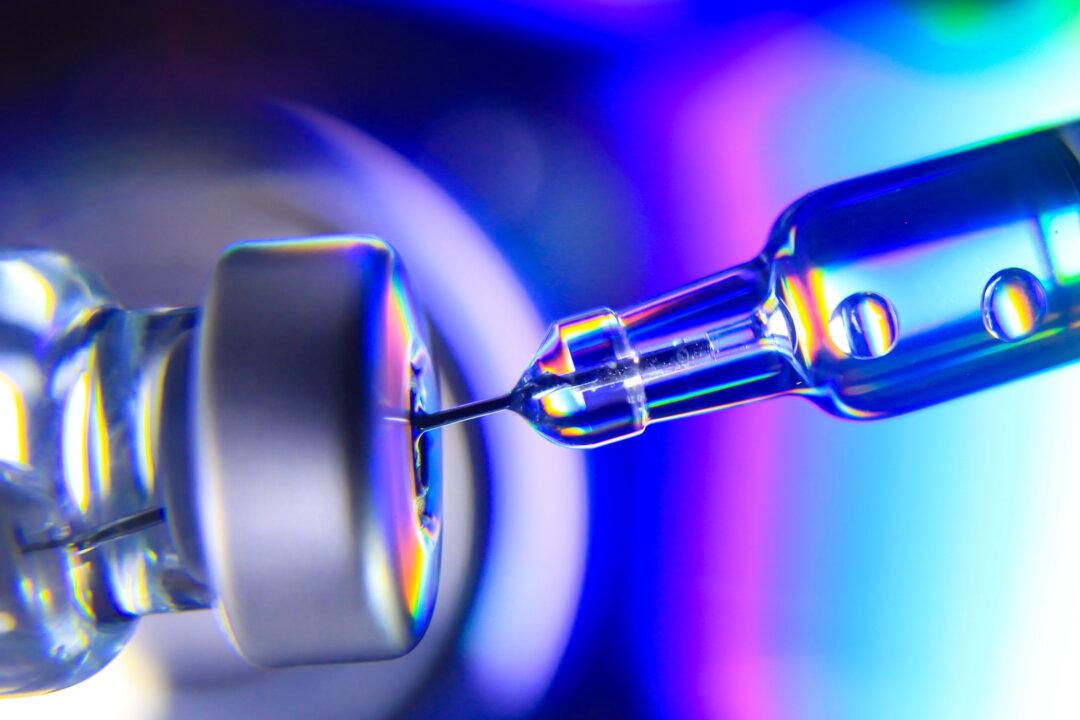Brianne Dressen has never been infected with the SARS-CoV-2 virus. After she was given the AstraZeneca (AZ) vaccine in a clinical trial, she developed symptoms similar to those of long COVID. Her vision became blurry, she started to experience tinnitus, and “I felt like I had two seashells on my ears,” she said.
Her symptoms quickly worsened, with fluctuating heart rates, severe muscle weakness, and debilitating internal electric shocks. And she was also diagnosed by a doctor as having anxiety.






